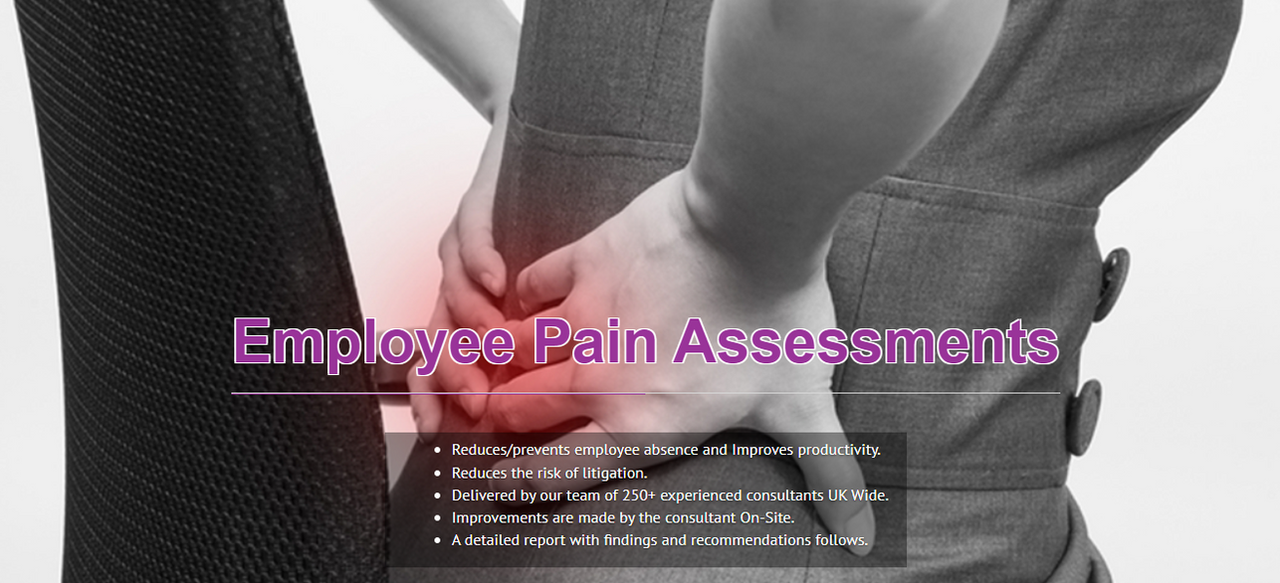HOME | DD
 posturecouk — Work From Home Assessment
posturecouk — Work From Home Assessment

Published: 2023-10-30 18:34:31 +0000 UTC; Views: 53; Favourites: 0; Downloads: 0
Redirect to original
Description
www.posturegroup.co.uk/blog/A-…
The Importance of Work From Home Risk Assessment
In recent years, the concept of working from home has become increasingly popular, and it was further accelerated by the global COVID-19 pandemic. Many companies and employees have embraced this flexible work arrangement, recognizing the benefits of reduced commuting time and increased work-life balance. However, with the shift to remote work, new challenges and risks have emerged, making it essential for both employers and employees to prioritize work from home risk assessment.
The Rise of Remote Work
The transition to remote work was initially seen as a temporary response to the pandemic. Still, it has since evolved into a long-term trend with far-reaching implications for businesses and their employees. Organizations have had to adapt rapidly to ensure business continuity, and employees have had to create functional home office spaces. While remote work offers numerous advantages, it also presents several risks that must be managed effectively.
Understanding Work From Home Risks
1. Ergonomic Issues: One of the most immediate concerns with remote work is the ergonomic setup of home offices. Unlike traditional office spaces, homes often lack proper ergonomic furniture and equipment. Prolonged hours of work in uncomfortable positions can lead to musculoskeletal problems and injuries. Employers should provide guidelines on setting up ergonomic workstations at home and consider supplying essential equipment.
2. Information Security: Remote work can create vulnerabilities in an organization's data security. Employees working from home may use unsecured networks, and their devices might not have the same level of protection as those in the office. Companies must establish clear policies and protocols for data security, including the use of VPNs, strong passwords, and regular software updates.
3. Mental Health: Isolation and loneliness can take a toll on employees' mental health when working from home. The absence of social interactions and the blurring of work-life boundaries can lead to stress, anxiety, and burnout. Employers should offer mental health support resources and encourage regular check-ins with remote workers.
4. Productivity and Accountability: It can be challenging for employers to assess the productivity and accountability of remote workers. Some employees may struggle with self-discipline, while others might overwork to compensate for perceived lack of visibility. Clear performance expectations, regular communication, and the use of productivity tracking tools can help address these issues.
The Work From Home Risk Assessment
To address these and other risks associated with remote work, companies should conduct thorough Work From Home Risk Assessments. Here are the key steps in the process:
1. Identify Risks and Vulnerabilities: Begin by identifying potential risks associated with remote work. These can include ergonomic risks, data security vulnerabilities, mental health concerns, and more. It's crucial to involve employees in this process to gain insights into their specific challenges.
2. Evaluate Existing Policies and Procedures: Review your organization's existing policies and procedures to determine their applicability to remote work. Are they comprehensive enough to address the unique challenges of a remote workforce, or do they need adjustments?
3. Develop Clear Guidelines: Based on the identified risks and your policy review, develop clear and comprehensive guidelines for remote work. These guidelines should cover areas such as ergonomic setup, data security protocols, communication expectations, and mental health support.
4. Provide Training: Ensure that all employees receive proper training on the new guidelines and procedures. Training should cover topics like secure remote access, safe use of technology, and how to maintain work-life balance.
5. Regular Check-Ins: Implement a system of regular check-ins with remote employees to monitor their well-being, workload, and any potential issues. These check-ins can help identify and address problems early.
6. Data Security Measures: Establish robust data security measures, including the use of secure networks, encryption, and multi-factor authentication.
7. Mental Health Support: Offer resources and support for employees' mental health, such as access to counseling services or stress management workshops. Encourage employees to take breaks and maintain a healthy work-life balance.
8. Review and Adapt: Regularly review your Work From Home Risk Assessment and make necessary adjustments as circumstances change. This may involve updating policies, addressing new risks, or refining existing procedures.
Work from home is here to stay, and while it offers undeniable benefits, it also presents unique risks that must be managed effectively. By conducting a comprehensive Work From Home Risk Assessment, organizations can identify and mitigate these risks, ensuring the well-being of their employees and the security of their operations. Embracing remote work responsibly will contribute to a more sustainable and flexible future of work.












